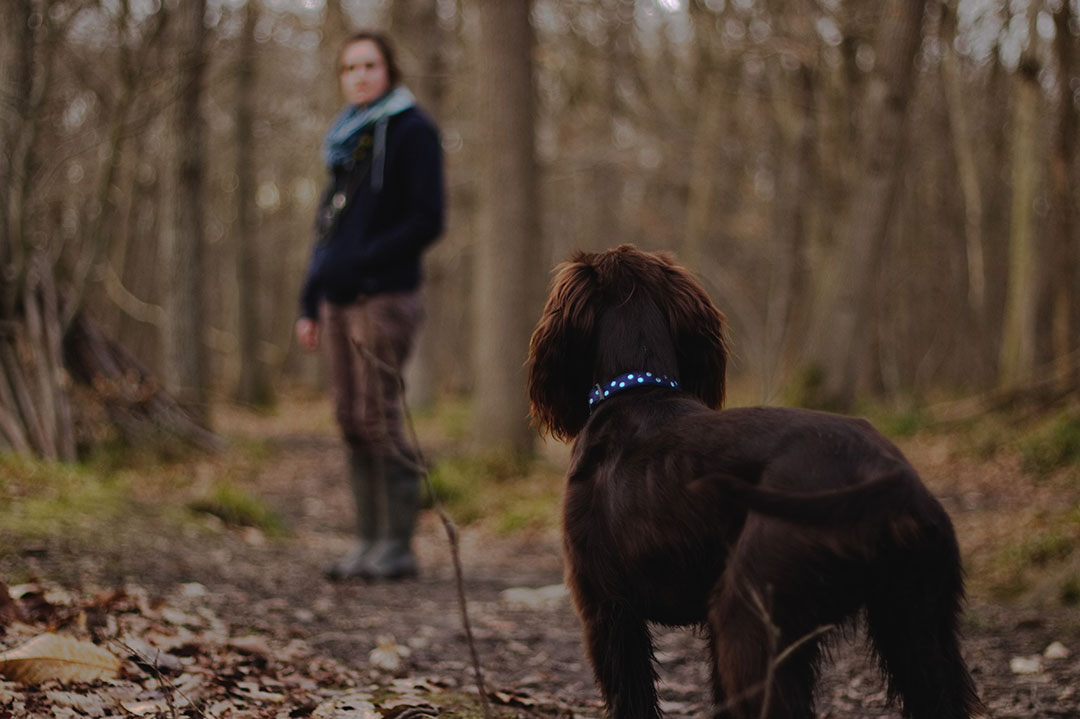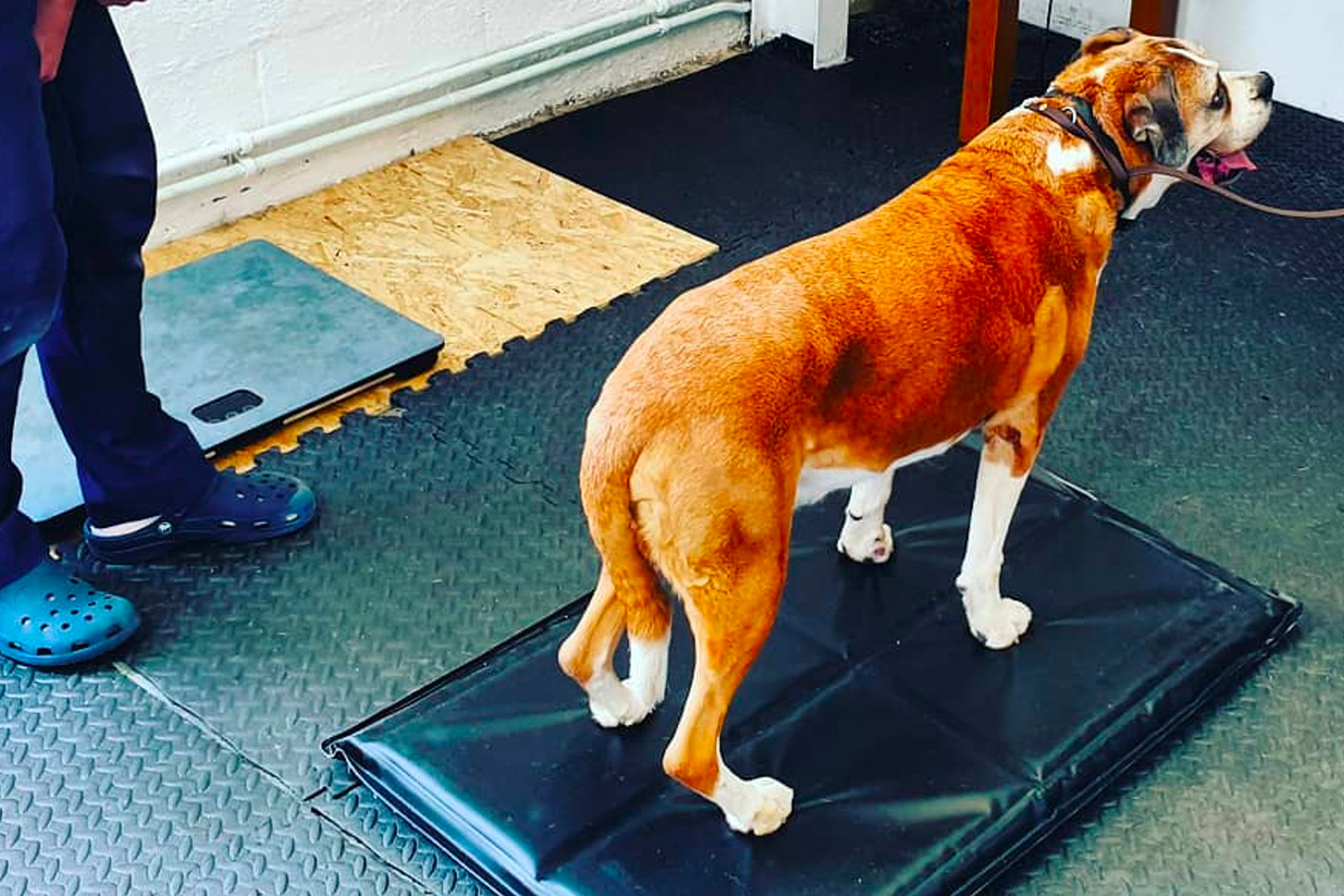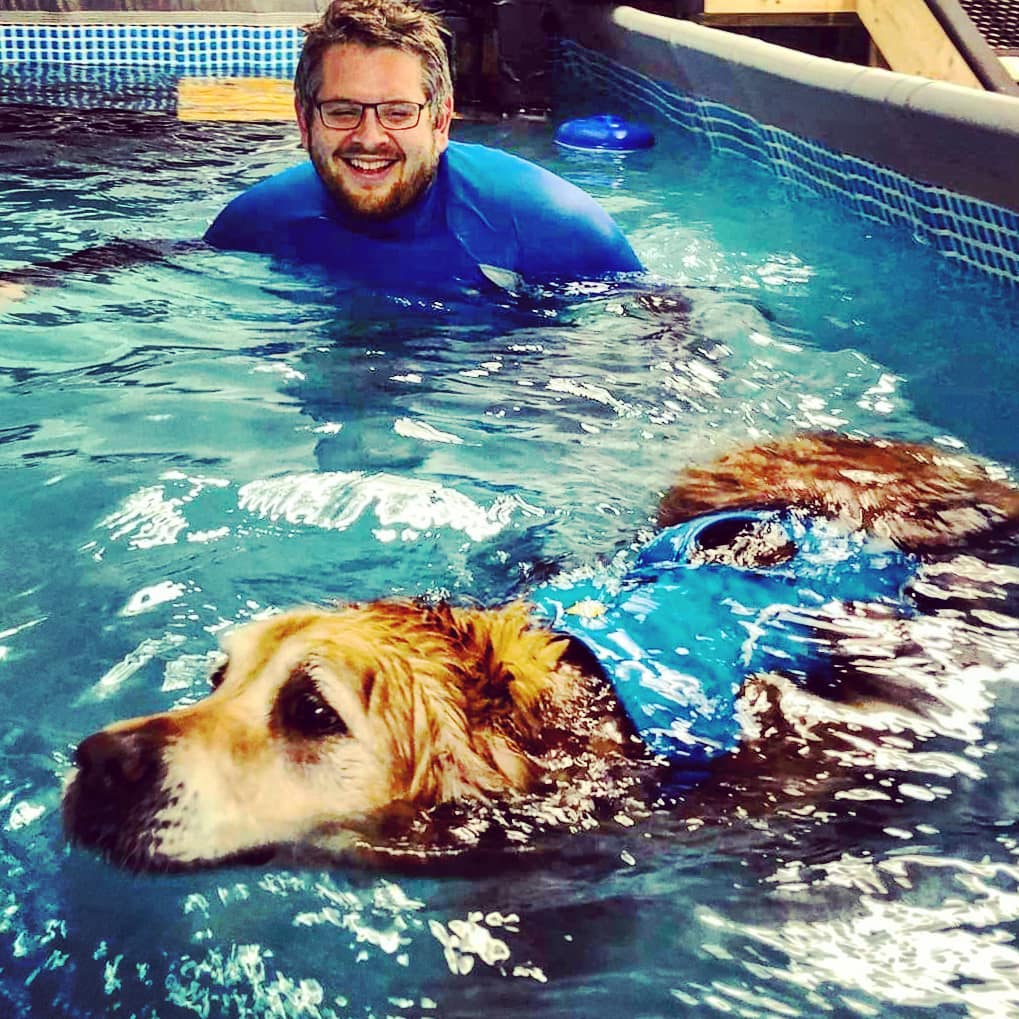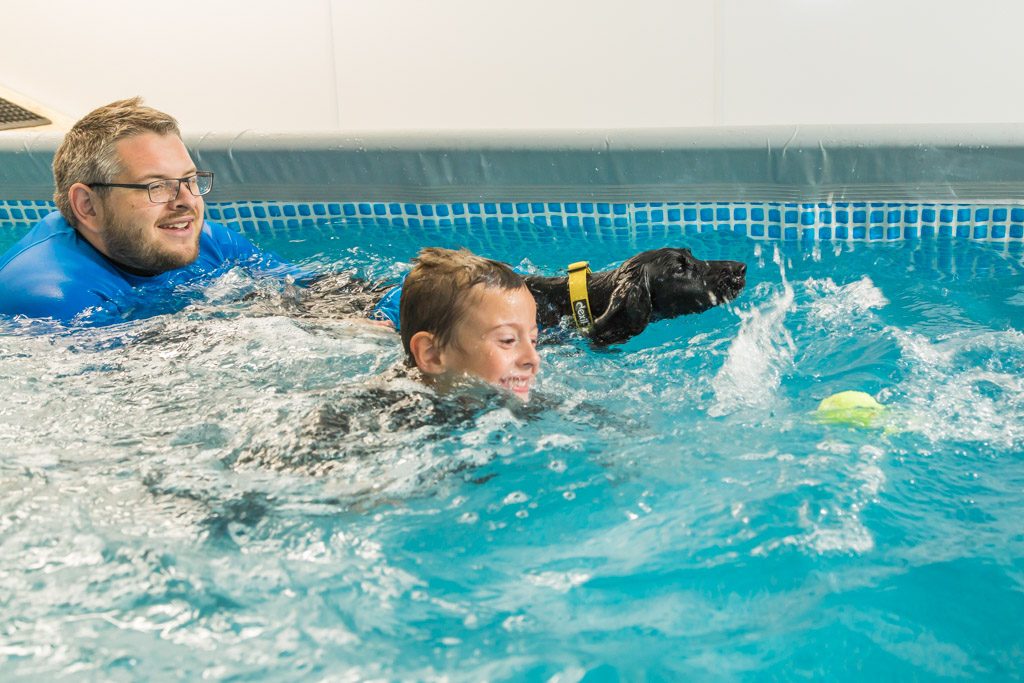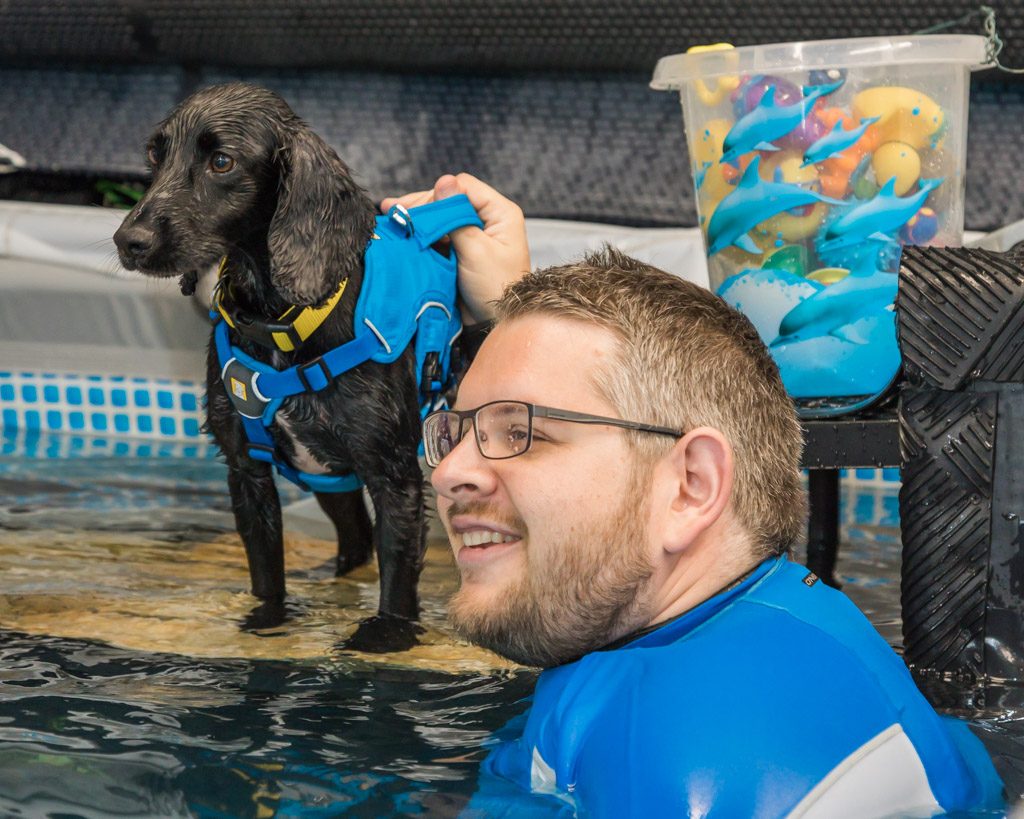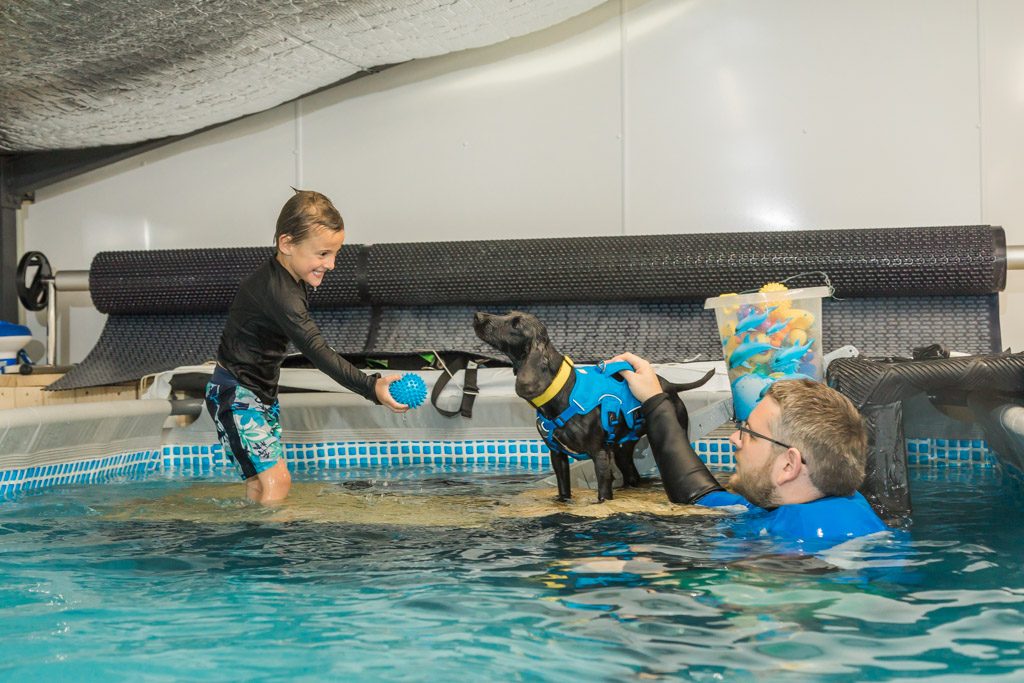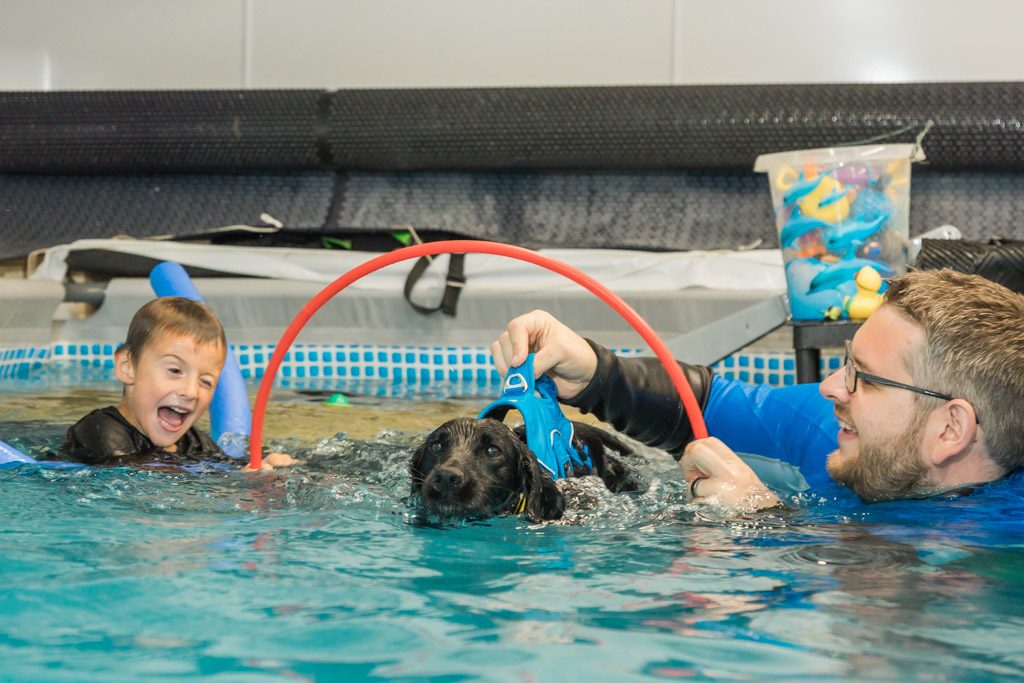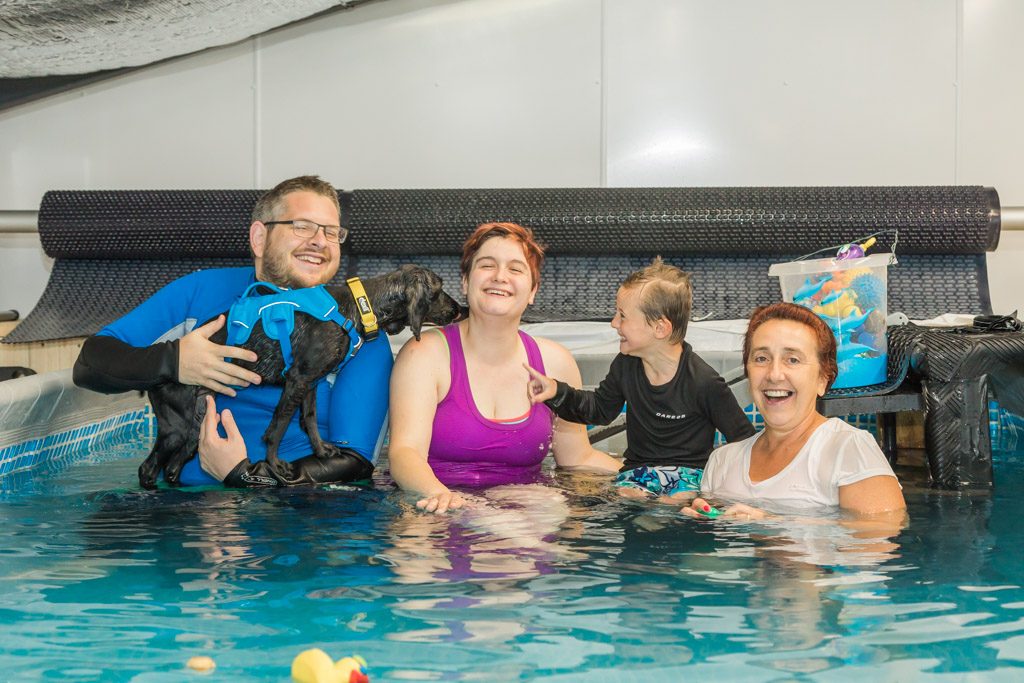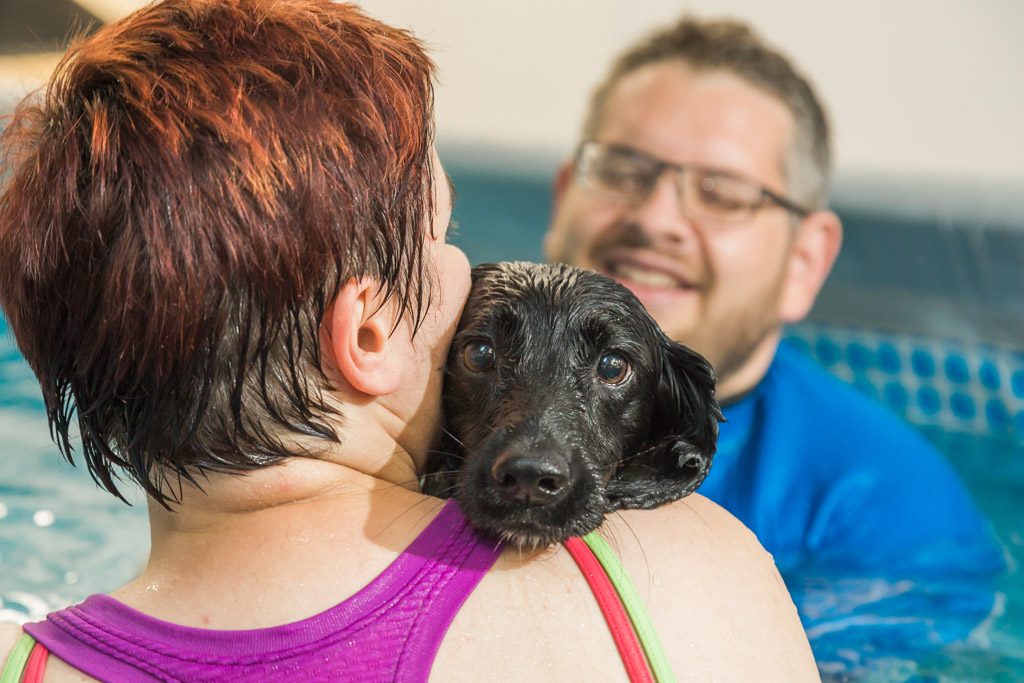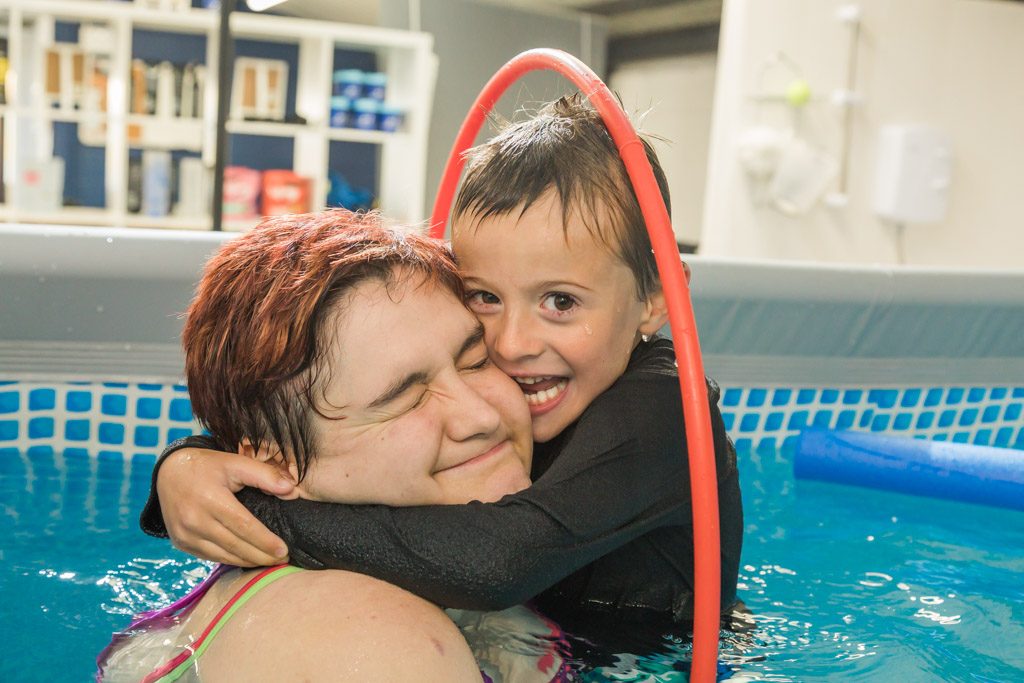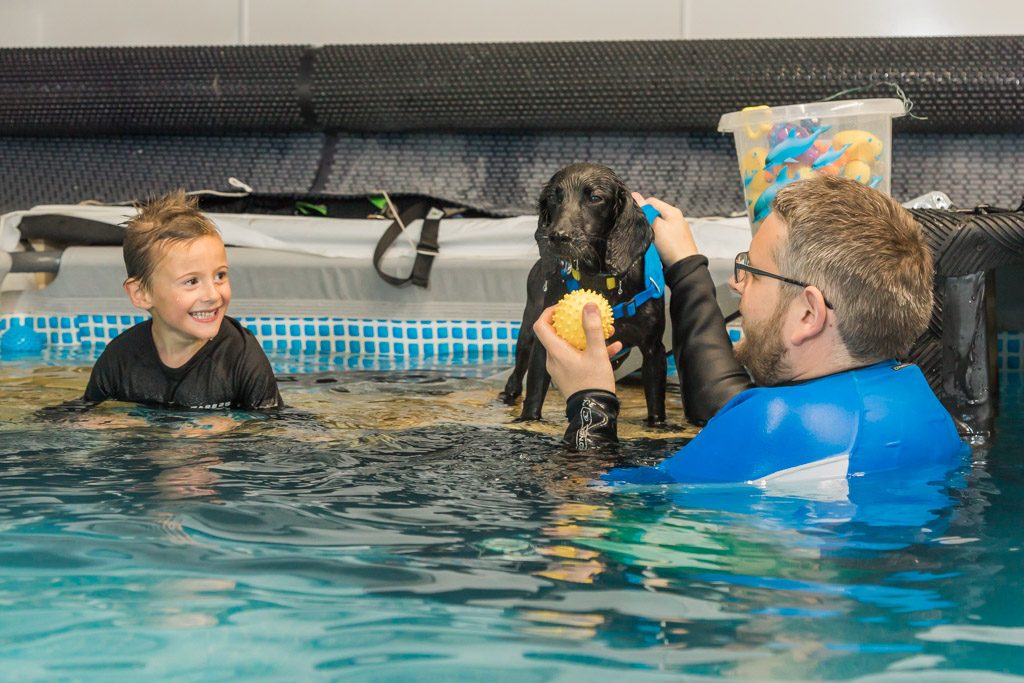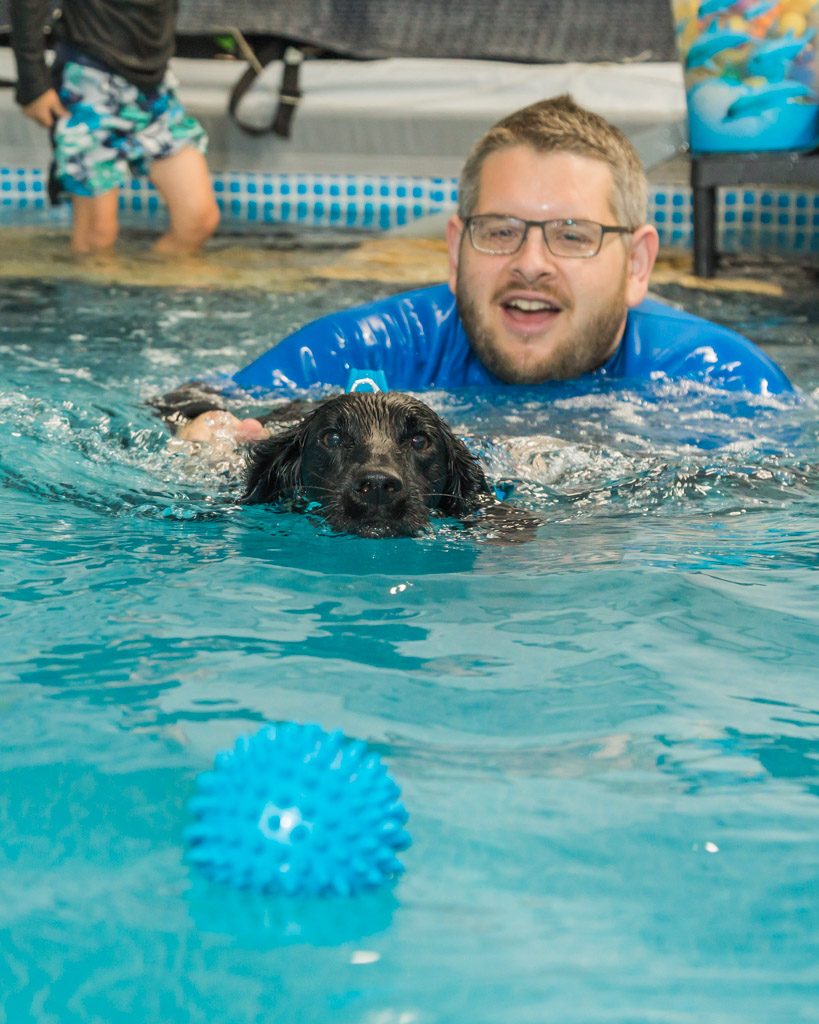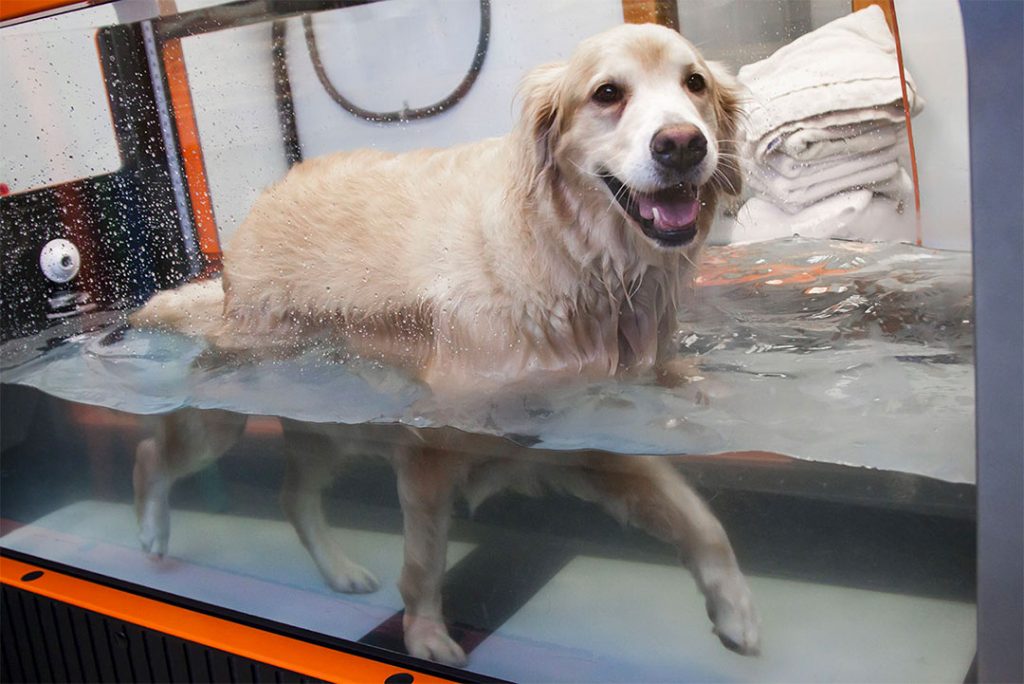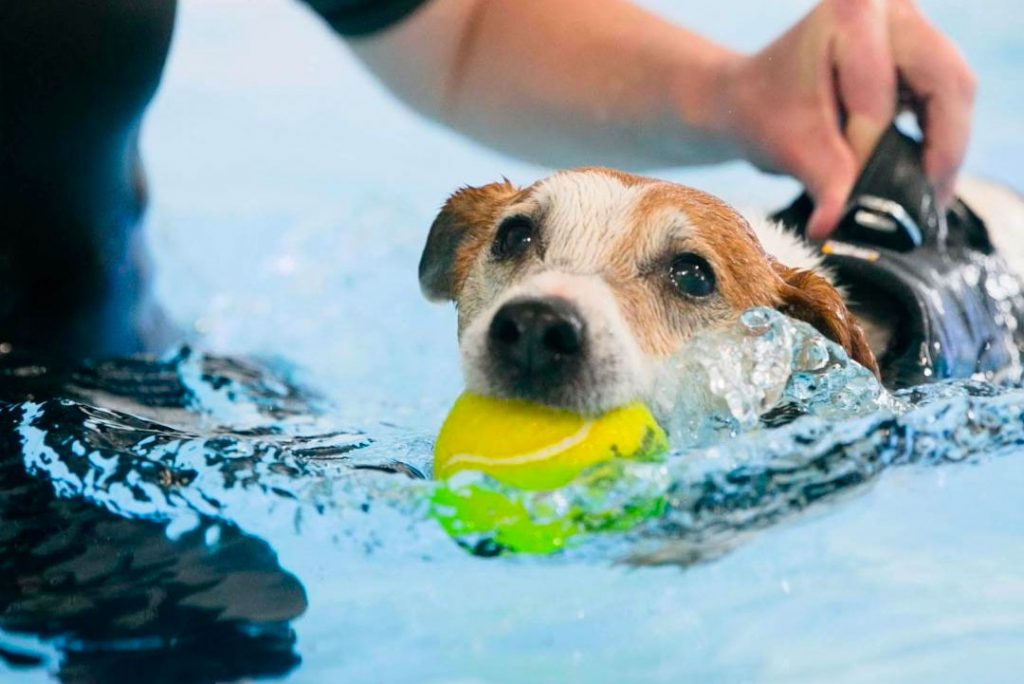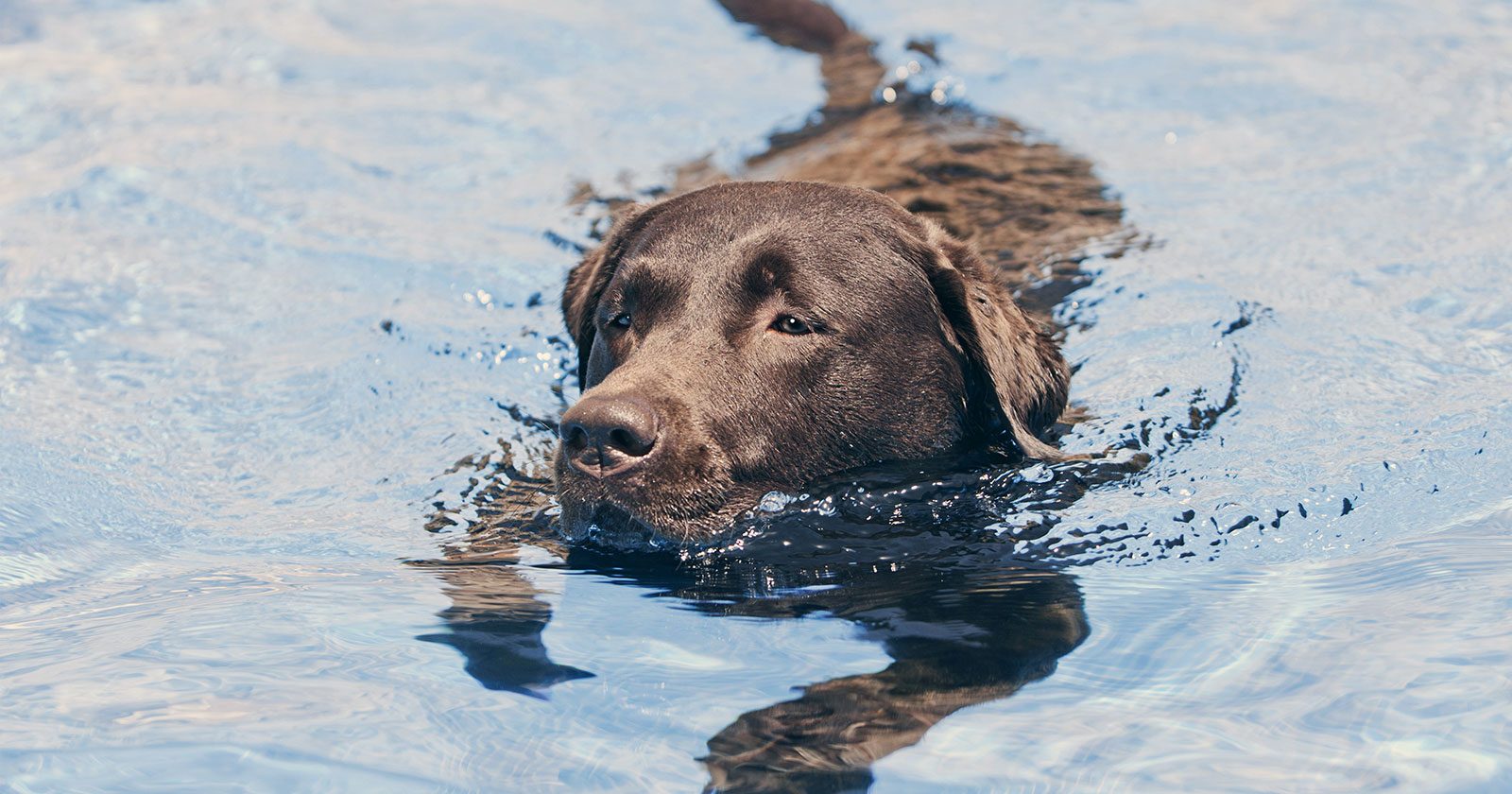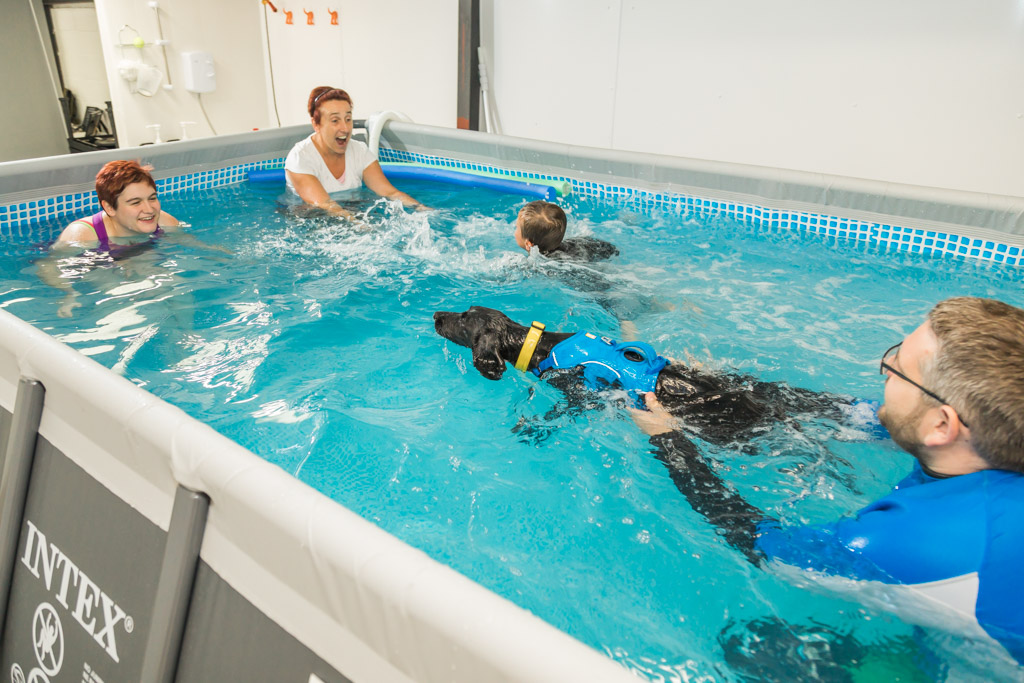
In August we took the rare opportunity to open our doors to Maggie ‘the wonder dog’ and her human companion Logan to help teach him to swim.
Logan, aged 5, has Sensory Processing Disorder and has been pre-diagnosed with Autism but that doesn’t hold him back from his swimming lessons with his teacher Helen Page at Energique Health Club in Alton.
Sensory Processing Disorder means Logan processes his senses differently. Sounds, bright lights, sensations etc can overwhelm him so he finds it difficult to hear and follow requests etc. He finds social situations difficult to understand.
Logan finds the sensation of water particularly calming and is progressing his swimming at each session however he was yet to confidently swim with his head lowered in the water.
Pip Elphee, Logan’s mother, is a Canine Behaviourist who has trained their working cocker spaniel, Maggie, as an assistance dog for Logan. Together with Logan’s swim teacher they devised a plan to encourage Logan to copy Maggie in the pool and approached the Canine Fitness Centre in Froxfield to help.
Tom Worman, Managing Director and Hydrotherapist at the Canine Fitness Centre said:
“Pip approached us with a brilliant plan and we just couldn’t say no. We’ve seen the impact of therapy dogs with a wide spectrum of children and adults through our work at the Canine Fitness Centre and this seemed like a great opportunity to put a theory into practice”
“We don’t normally let owners in the pool, but on this occasion working with Pip and Helen, we were able to create a safe environment for Logan and Maggie to swim together.”
“It was a joyous experience and something I couldn’t be prouder to have been part of”
Helen Page devised a variety of dynamic swimming games that logan could participate in with Maggie under the watchful eye of Tom Worman to ensure Maggie’s wellbeing and safety was also considered.
Logan and Maggie had swimming races, obstacle courses and a bit of safe play time in the shallows.
Not only did the session start some of the work towards improving Logan’s swimming style Mrs Elphee commented that:
“Logi found the latter stages of term really hard and has been quite ‘disregulated’, having had his swim with his dog this morning he also seems much calmer”
Shortly after the session Pip took to Facebook to write:
What a fantastic set up Tom has at the Canine Fitness Centre – a truly lovely way with both dog and owner. Maggie had a fare bit to deal with looking after her small person, working for me and being handled by Tom. But she clearly felt safe and happy in Tom’s capable hands. I can’t recommend this centre more highly!
Maggie, the working cocker spaniel, is an owner trained Autism Assistance Dog. Maggie helps him with his anxiety and confidence, helping him to stay calm and signalling to Logan’s mother when he is feeling anxious before she might have noticed. She is registered with Pawsable a company that assesses and then provides assistance with training and insurance for public access.
